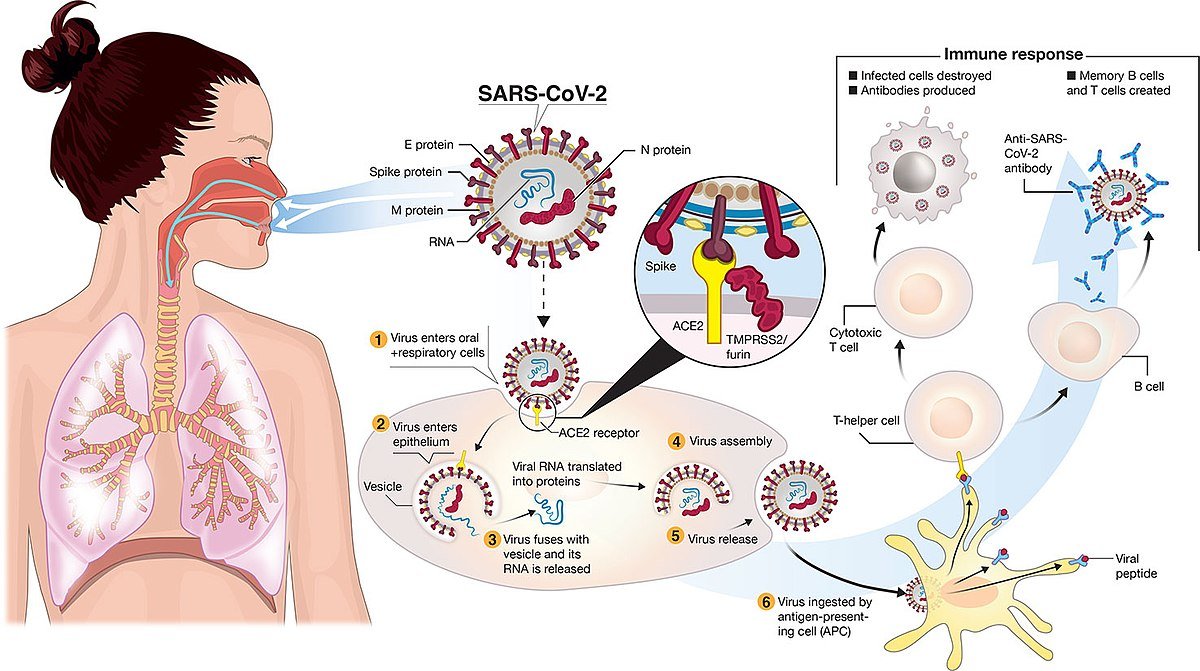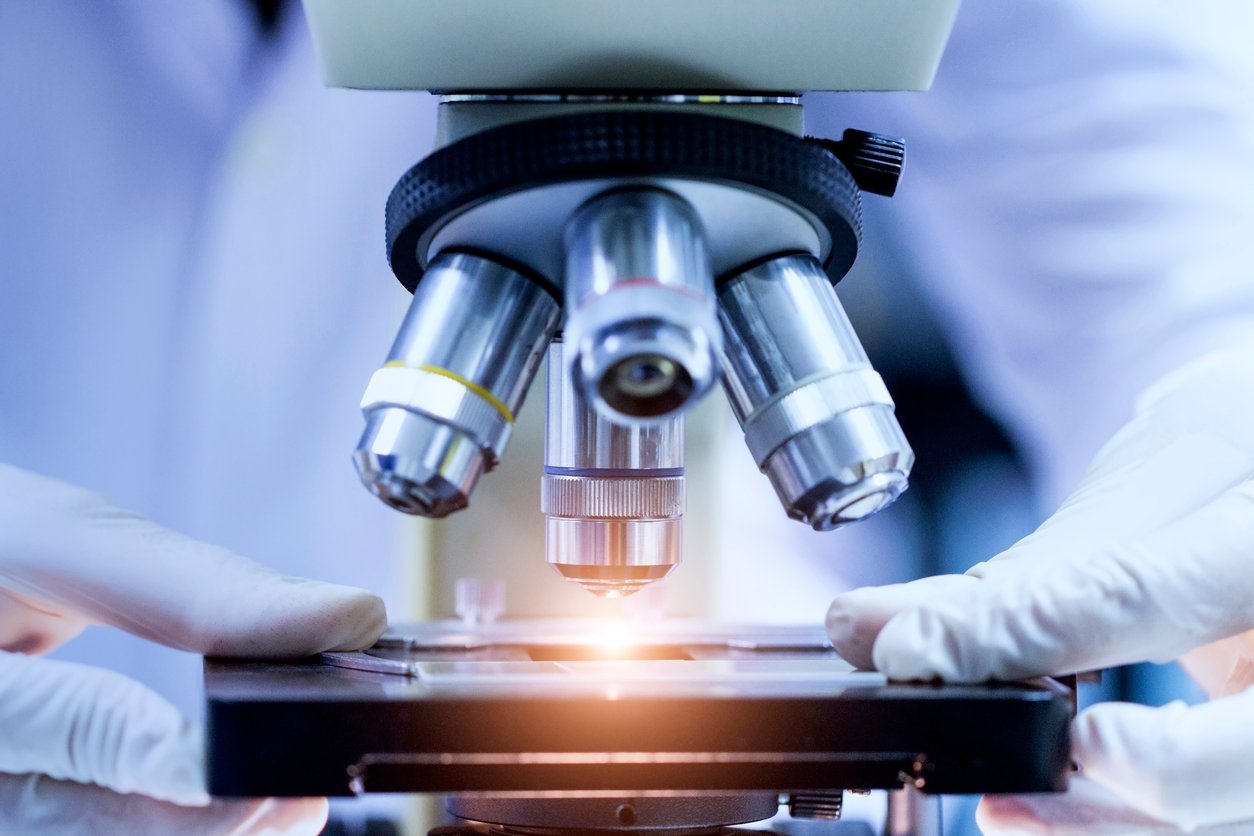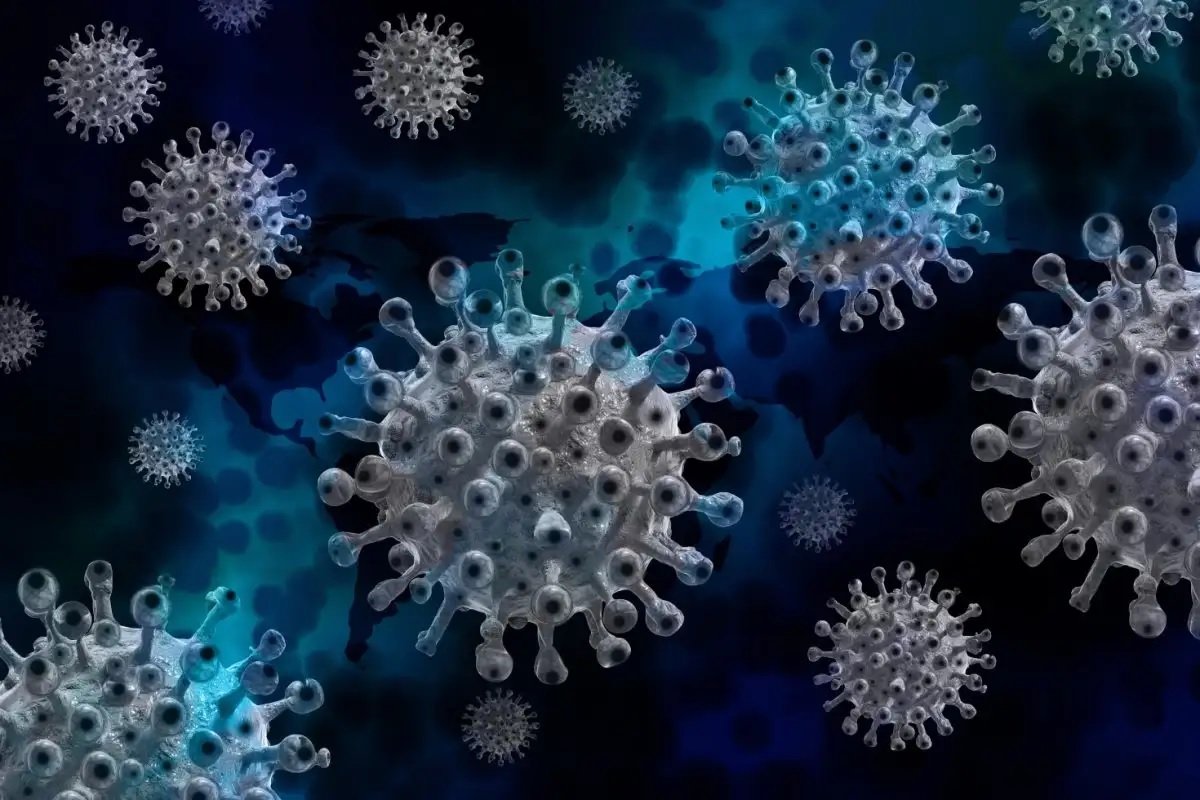The ongoing battle between humans and the SARS-CoV-2 virus. By infecting the human body, SARS-CoV-2 can cause mild to fatal symptoms. Lungs become infected after the virus enters via human transmission, which triggers the immune system, which can help or harm. Global quarantining, social isolation, and the use of face masks have all helped reduce the impact of SARS CoV-2s. Is this, however, the only way to deal with COVID-19?
[powerkit_toc title=”Table of Contents” depth=”2″ min_count=”4″ min_characters=”1000″ btn_hide=”true” default_state=”expanded”]
Scientists, researchers, and governments have collaborated to develop treatments that target the virus’s weaknesses. Vaccines, chemicals (Remdesivir), and steroids are all discussed in detail in this article (Dexamethasone). Vaccines and antiviral drugs have been developed to help the body fight the virus. Immunosuppression with Dexamethasone speeds up COVID-19 recovery, while remdesivir prevents cytokine storms. While Dexamethasone and Remdesivir aren’t considered treatments, prevention is key.
Introduction
Each and every day we hear about SARS-CoV-2 and COVID-19 and coronavirus. Which words are meant to convey what, and why are they so significant? The SARS-CoV-2 infection causes the disease COVID-19. SARS-CoV-2 is a member of the Coronaviridae family of viruses. All have a crown (corona) made of spikes on their surfaces. Coronaviruses commonly cause cold-like symptoms in humans and mammals.
But they can also cause more severe symptoms such as respiratory problems, nerve problems, and digestive disorders. Other coronaviruses, such as SARS-CoV & MERS-CoV, have caused outbreaks prior to SARS-CoV-2. Since December 2019, COVID-19 has killed a total of 38 million people and infected a further 1 million. Because of the virus’s process and how they attack the human body, SARS-CoV-2 is highly contagious and lethal. SARS-CoV-2 is being studied by researchers all over the world.
Infection and Spread
As with all viruses, SARS-CoV-2 can only produce one copy of itself at a time. As a result, the virus enters the cells of its hosts and takes over their replication system. Homing devices first target host cells in the lungs and small intestine on the spikes of the viral surface. Then it latches onto the ACE2 (angiotensin-converting enzyme 2) receptors. The virus fools the receptor into allowing it to enter the cell through these ACE2 receptors, which are like doors. An RNA polymerase (RDRP), an enzyme that uses the host’s energy and materials to produce more viral RNA. The virus’ genetic code is released using the infected cell’s energy and materials (an RNA molecule). It then uses the newly-made RNA to make progeny viruses. They burst host cells and infect other cells in the surrounding tissues.

Persons suffering from SARS-CoV-2 can spread the disease when they cough or sneeze. And release respiratory droplets that contain viral particles. Others can then inhale these droplets through the nose, open wounds, or exposed mucus in their eyes, mouth, or nose. If a virus enters the body, the immune system tells the body to produce molecules (cytokines) that activate immune cells. It results in an inflammation that manifests as fever and cough. These viral invaders can overpower the weak defenses if the immune system is frail, such as in the elderly.
Lethality of SARS-CoV-2
COVID-19 can lead to acute respiratory distress syndrome (ARDS), cardiac complications, kidney failure, and death. Intensive care is required for critically ill patients, who frequently require the use of ventilators and other life-saving equipment.

The public health system cannot handle the loss of so many critically ill patients at once. Also, hospitals may run out of critical resources like beds and ventilators, resulting in unnecessary deaths.
Cytokine storm—an over-reacted immune response
The term “cytokine storm” refers to a phenomenon that is a major contributor to ARDS. The immune system can occasionally overreact to infection by producing excessive amounts of cytokines.

It results in widespread inflammation throughout the body for reasons that are still unclear. Having an overactive immune system can lead the way to organ failure and death.
Weapons to fight COVID-19.
Vaccines
Vaccines and treatments are two things that scientists, doctors, and researchers have discovered that could help end the pandemic. They can return to normal life. Currently four types of SARS-CoV-2 vaccines are available: live virus, inactivated virus and nucleic acid (part of viral genetic code). Companies, government agencies, and universities are currently working on more than 120 vaccines. A vaccine development speedup is in the works.

Vaccines work by ‘teaching’ the immune system to remember how to make antibodies against a specific virus. By exposing the body to various parts of the inactivated virus. For example, it is possible for people to produce antiviral antibodies through vaccines if they are effective. The SARS-CoV-2 antibody aims to prevent viral entry into host cells. By preventing the viral spike protein from binding to the ACE2 receptor.
Terminators (inhibitors) of viral genome replication
There are no approved treatments for COVID-19 as of October 20, 2020. Antibiotics, antifungals, oxygen support, herbal treatments, and experimental drugs may be used as supportive care forms. Treatment candidates for other viral diseases are being tested for efficacy in treating SARS-CoV-2. Remdesivir, a drug basically developed to treat the Ebola virus. Because of its ability to inhibit viral replication. SARS-CoV-2 was found to be defeated by Remdesivir, which prevented the virus from reactivating.
Nucleotides make up the building blocks of viral genomes. Remdesivir mimics this structure by mimicking the nucleotide’s structure. Because of the lack of differentiation between these building blocks and Remdesivir, Remdesivir can be included in viral replication. Remdesivir will alter the RNA’s shape to prevent further RDRP genome duplication once it is integrated. Finally, MERS-CoV and SARS-CoV have been shown to be effective targets for Remdesivir. For COVID-19 patients, Remdesivir speed up recovery. However, the results of tests conducted in different locations have been inconsistent, with little benefit in preventing death.
The Extinguisher of ‘cytokine storm.’
The results of the RECOVERY clinical trial in the UK, dexamethasone can save one in three critically ill COVID-19 patients. According to the results of a clinical trial in the United Kingdom code-named RECOVERY. The glucocorticoid (man-made steroid) dexamethasone suppresses overactive immune responses during a ‘cytokine storm’. Dexamethasone does not directly affect coronaviruses. Antiviral therapy can have both positive and negative effects. As the immune system is essential in halting viral invasion at the beginning of the infection. Dexamethasone is the first drug to show promise in reducing COVID-19 fatalities.
View this post on Instagram
The likelihood of finding a cure for COVID-19 as a result of further research and testing is rising. Human trials of vaccines and treatments show promising results. As a result, the world can better prepare for future diseases by learning from COVID-19. By binding to an ACE2-receptor, the virus enters the body. Once inside the host cell, the virus utilizes its RNA genome to replicate and create new viruses. However, in excess, a condition known as a cytokine storm can cause organ damage and even death. The steroid used in the Recovery study, dexamethasone, can control cytokine storms and a dysregulated immune system.
In the boxing ring with COVID-19—who wins, who loses?
When will it no longer be mandatory to wear a face mask? Is it possible to go back to the way things were before the COVID-19 pandemic? As the COVID-19 pandemic continues to ravage the world.
He was nobody & lost his job during COVID-19.
Then he started to post ‘lame’ TikTok videos.
Today he has 146.8 million followers.
Introducing Khaby Lame, the king of TikTok. pic.twitter.com/s2tL2zxXB0
— Richard Ker (@richardker) July 21, 2022
COVID-19 has been the subject of numerous weapons development efforts, but are humans capable of defeating it?
Conclusion of Covid-19
In the short term, the best defense against COVID-19 is prevention. Life may be able to adapt to a ‘new normal’ through preventative measures like avoiding social contact, wearing a mask, and quarantine. For example, the battle against COVID-19 is long, and it requires constant vigilance. Getting rid of the virus will require a team effort involving the entire community, including children. We can defeat COVID-19 if everyone takes responsibility and gives up their rights to protect others.



